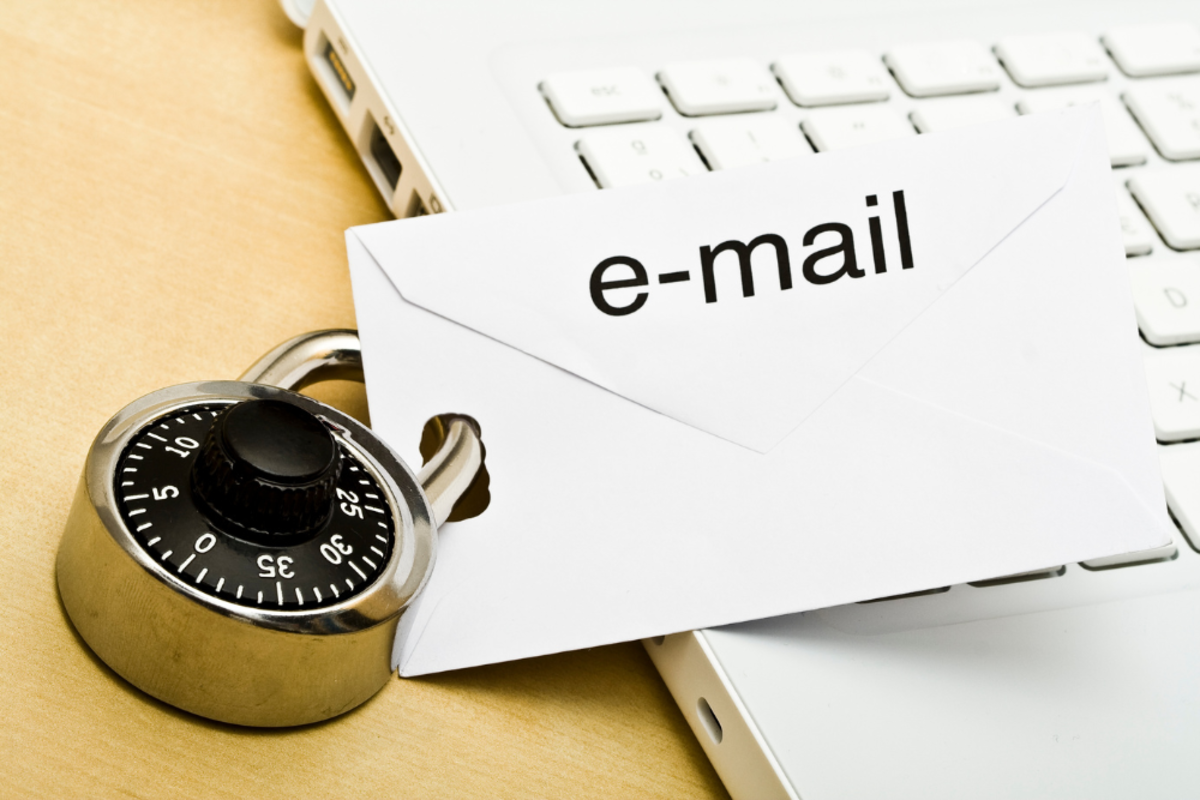Whether you’re worried about your privacy or need to send sensitive information, these tips will help you stay safe online. So let’s get started!
What Is an Encrypted Email?
So first things first—what is an encrypted email? An encrypted email is a message that has been transformed into a code that can only be read by the person who has the key to decode it. Encrypted emails are sent using protocols like PGP (Pretty Good Privacy) and S/MIME (Secure/Multipurpose Internet Mail Extensions). These protocols use a combination of public and private key encryption to encode and decode messages. When you send an encrypted email, the message is transformed into a code using the recipient’s public key. Only the recipient has the corresponding private key needed to decode the message. This means that even if someone intercepts your email, they will not be able to read it.
Sending an Encrypted Email
There are two main ways to send an encrypted email: using an email client or using a web-based service. Let’s take a look at each method in turn.
Email Clients
The first way to send an encrypted email is to use an email client that supports PGP or S/MIME encryption. Popular email clients that support PGP encryption include Microsoft Outlook, Mozilla Thunderbird, and Apple Mail. If you want to use S/MIME encryption, you will need an email client that supports the protocol. Microsoft Outlook and Apple Mail both support S/MIME encryption. To send an encrypted email using an email client, you will need to generate a public and private key pair. You can do this using a tool like GPGTools (for PGP encryption) or S/MIME Certificate Wizard (for S/MIME encryption). Once you have generated your keys, you will need to add your public key to your email client and share your private key with the person to whom you want to send an encrypted email to.
Web-Based Services
The second way to send an encrypted email is to use a web-based service like Hushmail, ProtonMail, or Tutanota. These services provide end-to-end encryption for your messages. This means that your messages are encrypted before they are sent and can only be decrypted by the intended recipient. Even the web-based service itself cannot read your messages. To use a web-based encrypted email service, you will need to create an account with the service and then add the public keys of the people you want to communicate with to your address book. Once you have added the public keys of the people you want to communicate with, you can start sending and receiving encrypted emails.
Pros and Cons of Encrypted Emails
Now that we’ve looked at how to send encrypted emails, let’s discuss the pros and cons of this method of communication.
Pros
It is a very secure way to send messages. Even if someone were to intercept your message, they would not be able to read it without your private key. It is relatively easy to set up and use. Once you have generated your public and private keys, sending and receiving encrypted emails is no different from sending and receiving regular emails.
Cons
It requires you to share your private key with the people you want to communicate with. If you lose your private key or if it falls into the wrong hands, anyone who has it will be able to read your messages. It is not compatible with all email clients and web-based services. Some email clients and web-based services do not support encryption, which means you will not be able to send or receive encrypted emails using these platforms.
Final Thoughts
So there you have it—a brief overview of how to send encrypted emails for free. Encrypted email is a secure way to communicate, but it has its pros and cons. If you decide to use encrypted email, be sure to take care of your private key and only share it with people you trust. We hope that this article has been helpful. If you have any questions or comments, please feel free to shoot me a message. Thanks for reading! This content is accurate and true to the best of the author’s knowledge and is not meant to substitute for formal and individualized advice from a qualified professional. © 2022 Daniel Edulan Melana
